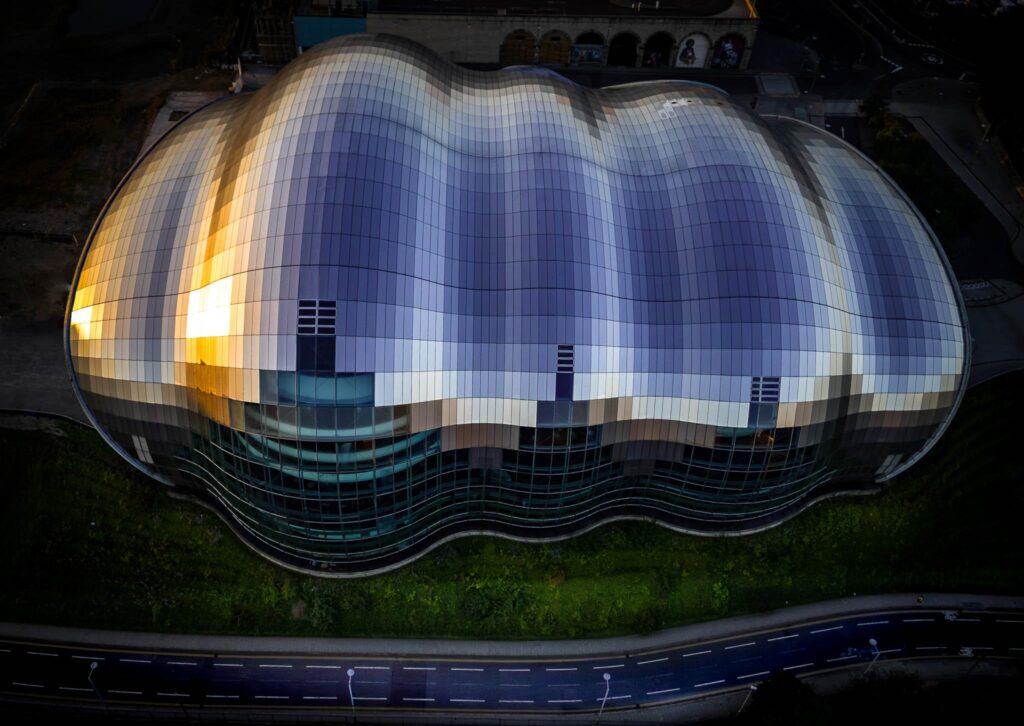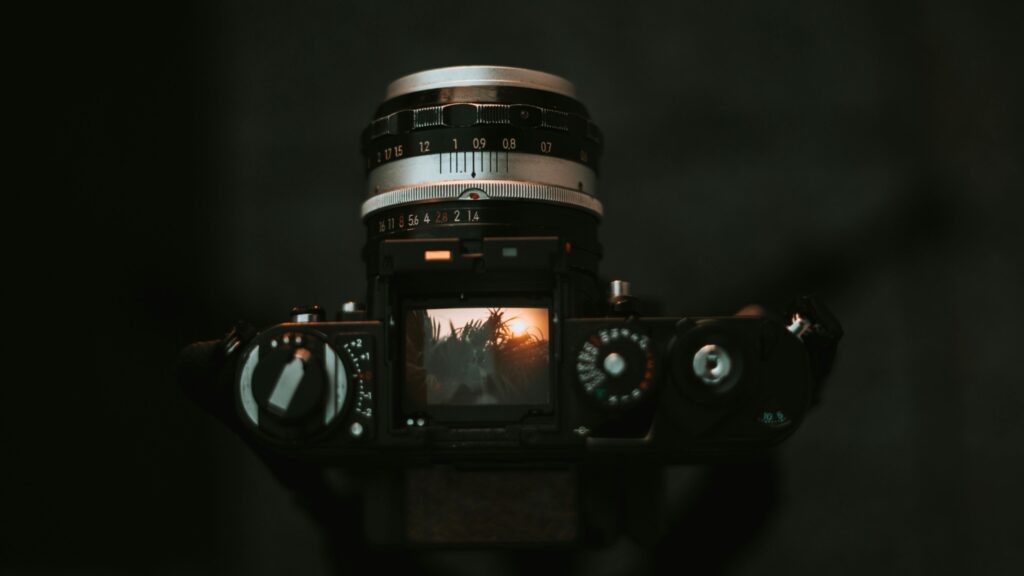Ever had a shot that you thought was going to be a winner only to find the sharpness is slightly off? You rack your brains, the shutter speed was high enough, the camera’s focus point was right on the subject yet the image seems to be a tad unsharp. Not in just one location but all over. It doesn't look like camera shake, nor a miss-focus.
Early in your photographic adventures, you learn about depth of field. In particular, you learn about deep depth of field in genres such as landscape and architecture. A phrase that you might hear often is the sunny 16 rule. On sunny days set your aperture to f/16. Yet, it’s those small apertures that are contributing to that undefinable lack of sharpness.
Let me explain.
“There is nothing worse than a sharp image of a fuzzy concept.” – Ansel Adams
Key Takeaways on Diffraction
- Diffraction causes light bending, leading to image softness.
- Sensor size and pixel pitch influence diffraction effects.
- Identify diffraction through high-resolution monitor examination.
- Minimize diffraction by avoiding ultra-small apertures.
What Is Diffraction?
There are many in-depth, almost scientific explanations of diffraction around the Internet. Perhaps like me, you get a little blurry-eyed trying to read and understand it. For that reason I will try to simplify the science and put it into photographic layman's terms.
Let’s imagine a very intense beam of light shining through your lens and onto the sensor. We have the lens’ aperture set to its widest. The beam of light travels more or less in a straight line hitting the sensor square on. More importantly, the diameter of that beam of light is the same on the sensor as it was before it entered the lens.
Now if we close the aperture down to a much smaller figure, say f/16 or f/22 the way that beam of light behaves is different.
As it passes through the aperture it bends.
The smaller the aperture the greater that bend. Now as the light strikes the sensor, it does so at an angle and, more importantly, the diameter of that light beam is now bigger than before it entered the lens.

If that diameter is greater than the diameter of the pixel it is hitting, the light spills over on to the next pixel, effectively polluting the signal being sent from the sensor. That in turn gives us a soft look to the image.
Diffraction can be quite hard to see and even harder to diagnose. It can often be mistaken for an inherent unsharpness of a lens, especially if you favor smaller apertures when using that lens.
The other issue with diffraction is there is no one-size-fits-all all diagnosis as to how or when it occurs.
There are, however, some indicators that can help us.
Want the skills to help you take the sharpest images and avoid pitfalls like diffraction? The Photo Ebook will give you the habits and skills to take your photography to an advanced level. Grab it here.
Diffraction, Sensor Size And Pixel Pitch
A smaller sensor will, in general, exhibit diffraction at wider apertures than a larger sensor.
For example, a M4/3 sensor might start to show some limited diffraction at apertures of smaller than f/5.6. APS-C from f/8.0 and full frame from f/11.
That however is not the full story.
“Pixel pitch” also plays an important role in diffraction. Remember my beam of light analogy above? If the beam of light is bigger than the pixel diameter we get diffraction. Therefore the smaller the pixel size, the more likely we are for it to occur.
If the beam of light is bigger than the pixel diameter we get diffraction.

Pixel pitch is the distance between the center of one pixel to the center of one that’s adjacent.
As you can work out the more pixels on a sensor the smaller the pixel pitch. For that reason you might actually have less diffraction on a smaller sensor compared to a larger sensor, if the pixel pitch is bigger.
In reality, determining the diffraction limit of your cameras and lenses can only be found out through trial and error and experience. So how do I know if my shot is exhibiting diffraction?

How to Know If Your Image is Suffering from Diffraction
The first thing to note is don’t try to use your camera’s LCD screen to see if diffraction is occurring. The resolution and size of the screen is not good enough. Also previewing an image uses a compressed JPEG is not ideal for super fine examinations.
The only true way to see diffraction is on a decent, calibrated high-resolution monitor. Even then you will need to zoom in to at least 100% but more likely 200-400%. It will manifest itself as a softness, particularly in areas of high contrast.
Perhaps the easiest way to determine your diffraction limit is to take a series of shots under exactly the same conditions, each with a progressively smaller aperture. Then, import them into Lightroom without sharpening and examine them using the comparison tool.
At a certain aperture will start to see a slight image degradation. Your diffraction limit will be entirely personal and based on when you feel the image becomes unusable. For some, that might be never, being happy to live with diffraction. For others, it may well be unacceptable above a certain aperture.

How Can You Avoid Diffraction?
The short answer is that you cannot.
It’s a law of physics that cannot be overcome. However, you can mitigate it to a certain extent.
Firstly you can avoid shooting at ultra-small apertures. Although diffraction kicks in at a certain aperture on your camera, it may not become unacceptable until several stops beyond. If you know where your personal limit lies, you can shoot within that limit.

If you absolutely must have sharp focus from front to back then you could use a technique called focus stacking. This is where multiple images are taken, focussing from front to back. The images are then merged together in post-production to produce an ultra-deep depth of field. It’s a technique that is not without its own problems, but it can be very effective in many situations.
Final Thoughts on Diffraction
Diffraction can be a major issue for some, and no problem at all for others. However, if you're finding images that are not as sharp as you had originally hoped and are confused as to the reasons why, then diffraction may well be your answer.
It’s an often overlooked symptom of degraded image quality, mainly because we either do not know about it, or have simply forgotten about it.
Next time you are struggling with image sharpness, take a look at the aperture you shot with and question whether it might just be diffraction.
Want the skills to help you take the sharpest images and avoid pitfalls like diffraction? The Photo Ebook will give you the habits and skills to take your photography to an advanced level. Grab it here.




